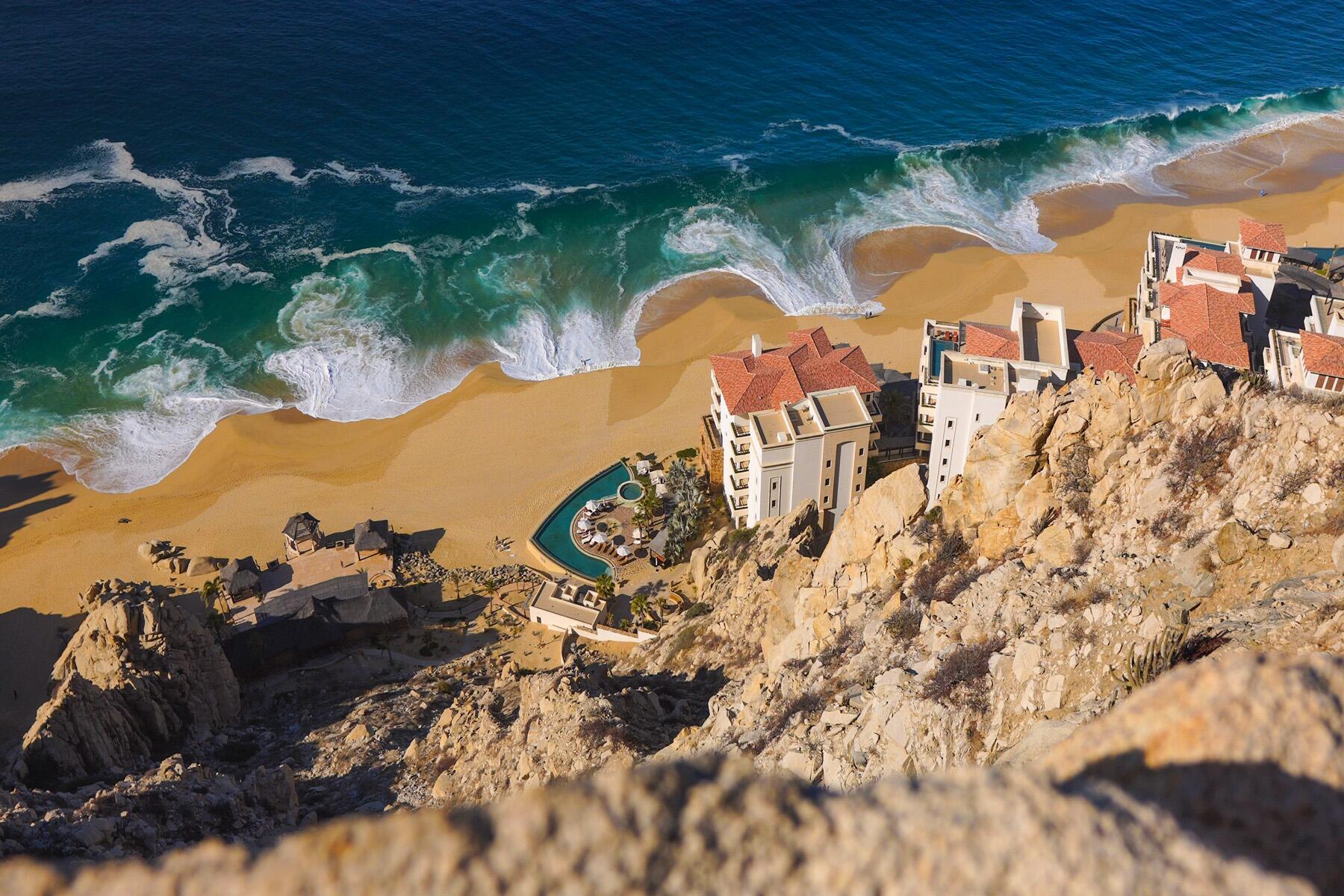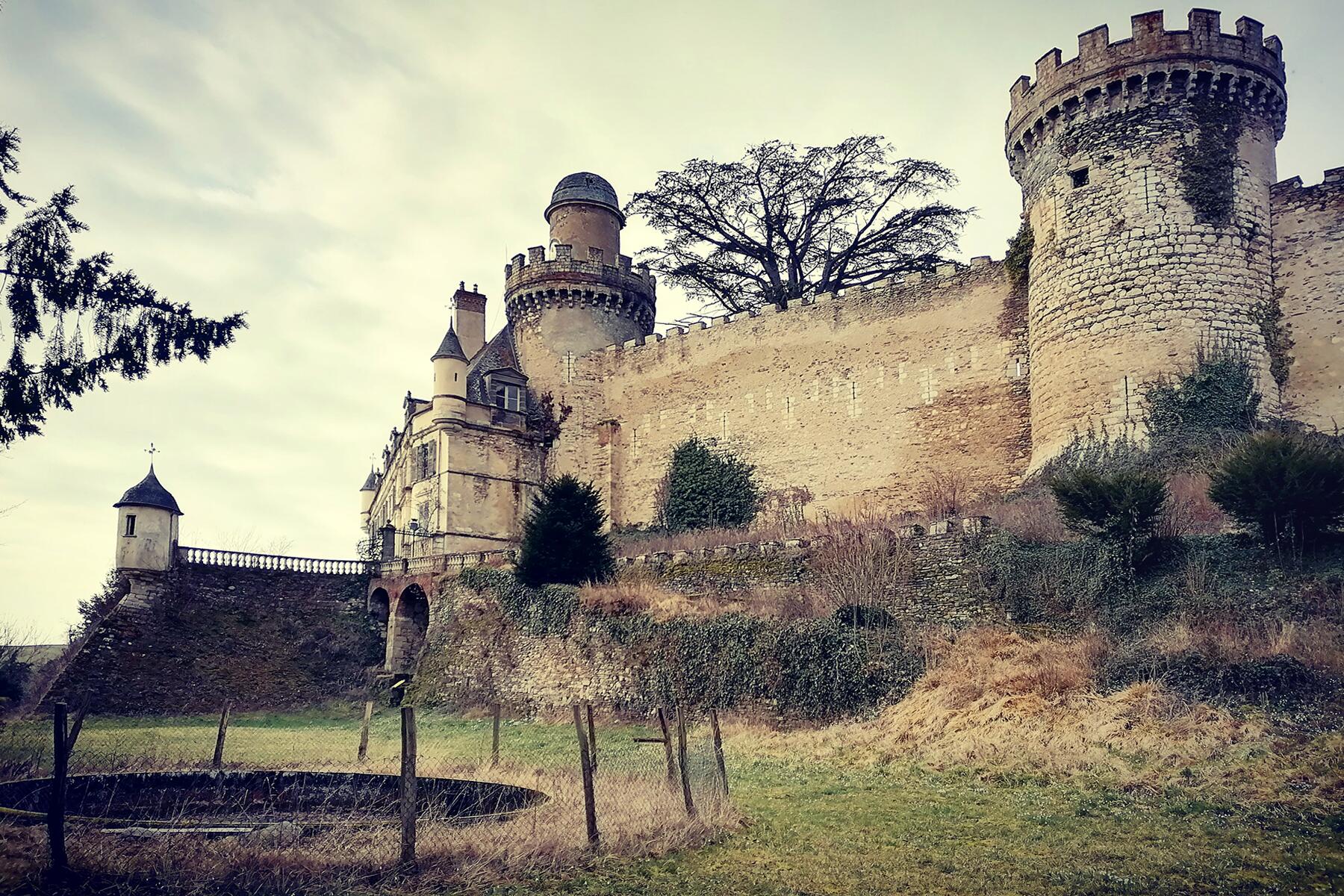From crimes of passion to curses and even a ghoulish horse, see what haunts the halls of these storied Châteaux.
Where there is a crumbling old château, there must also be a pilfering poltergeist, sinister specter, or perhaps even the ghost of a decapitated Marie Antoinette roaming the hallowed hallways. There are over 40,000 châteaux in France, many of which have endured a colorful history of revolution, religious conflicts, and wars that lasted up to a hundred years, so is it any wonder that there are more than a couple of ghosts lurking in these turreted towers?
Top Picks for You
Château de Fougeret, Vienne, Nouvelle-Aquitaine
If there was a French version of Most Haunted, Château de Fougeret would top the list. It certainly looks the part: austere slate-turreted spires barely visible in the thick forest that surrounds it, climbing ivy, spooky oil paintings of the dear departed on the walls. There are too many ghosts to list at Fougeret, but they usually stay confined to quarters. In the “nanny’s room,” the ghost of a nanny strokes the hair of sleeping guests and whispers soothing words in their ears (lovely), but in the “usher’s room,” a man killed by an ax to the sternum ferociously scratches anyone who sleeps there (rather less pleasant). Strangest of all is Alice’s room, where a young woman died of kidney disease. People staying in the room in modern times have also been known to fall ill of the same disease, which is fortunately now curable.
Château de Puymartin, Dordogne, Nouvelle-Aquitaine
All châteaux worth their salt have a Dame Blanche or White Lady. In the 16th century, the lady of the castle Thérèse de Saint-Clar was lonely while her husband was away at war. We’d imagine castles were pretty cold at the time, so she found someone else to warm the bed. Unfortunately for Thérèse, her husband returned unexpectedly, and finding his wife in the arms of another man, he flew into a terrible rage. He killed the man and imprisoned Thérèse in the north tower, where she stayed even after her death. Thérèse’s ghost still prowls the north wing, gliding up and down the stairs and pacing the circular rooms, always around the time that the clock strikes midnight.
Recommended Fodor’s Video
Château de Veauce, Allier, Auvergne-Rhône-Alpes
France: country of love and crimes of passion. Long before Love Island, back in the 1500s, the Baron of Veauce had his head turned by a beautiful servant girl named Lucie. When the baron left for war, his jealous wife seized her opportunity and imprisoned Lucie in the castle tower. She died not long after, a combination of cold and starvation, and her lifeless body was thrown into the deepest dungeon in the castle (by the light of the full moon, naturally).
Ever since, visitors to the Château de Veauce have reported seeing Lucie’s spectral form, sobbing as she haunts the castle.
Versailles, Île-de-France
Former residence of the French royals, most notably Louis XVI and Marie Antoinette (before they had their heads lopped off), Versailles is one of the most famous buildings in France. It’s also haunted.
In 1901, two English women from St. Hugh’s College, Oxford, were on a bonding trip to improve their working relations, which beats team-building in a field, in our opinion. Unlike many ghost stories, it was a hot August day, and the pair began to have some strange encounters. Lost in the gardens near the Petit Trianon, they asked some funnily-dressed men wearing tricornes for directions, and as they did so, a great feeling of unease fell upon the pair. A little later, they came across a serene-looking woman painting, wearing a long, white 18th-century dress. Who was she? Madame du Barry? Or even Marie Antoinette herself?
Château de Commarque, Dordogne, Nouvelle-Aquitaine
Mysterious Château de Commarque was abandoned for centuries, and even today, much of the château is in ruins. The original castle was built in the 12th century. During the Hundred Years’ War (1337—1453), the master of the castle, the Count of Commarque, was fighting with his neighbor, the Baron of Beynac. In a Romeo and Juliet-esque scenario, the Count’s daughter fell in love with the Baron’s son, and the story doesn’t have a happy ending in Shakespearean style. The Count imprisoned the Baron’s son for several months before finally executing him.
It’s not the hapless man’s ghost that wanders the ruins now, but that of his horse, faithfully searching for his master like a kind of hooved Greyfriars Bobby. But naturally, the horse only appears when the moon is full.
Château de Trécesson, Campénéac, Brittany
You know when you launch into a Monopoly game that drags on for so long that you feel it will never end? That’s the case for the spectral card players at Château de Trécesson, doomed to play Cheat for all eternity. Well, we don’t know exactly which card game they’re playing, but several guests at the château have reported seeing a group of ghostly figures playing cards. They’re not the only paranormal presence at Trécesson, though. Remember that it’s a truth universally acknowledged that all decent châteaux should have a resident White Lady. Trécesson’s White Lady wears a floral crown and a silky white gown and is believed to be a young woman who was buried alive by a jealous rival before her wedding night.
Château d’Olhain, Pas-de-Calais, Grand-Est
The French are renowned for their cuisine, so is it any wonder that there’s a castle with a haunted banquet hall? On a wet and windy autumn night (as tends to be the setting for ghost stories), the Lord of d’Olhain was enjoying a feast with his pals, the wine free-flowing, when there was a knock at the door. An elderly pilgrim stood outside and begged for food and lodging. Far from merely turning him away, the Lord plunged his dagger into the old man’s heart and threw his body in the moat.
The following day, the Lord threw another banquet (we’ll bet he had gout). His dinner guests were joined at the table by a host of faceless monks, who raised daggers above their heads in unison and emitted a bloodcurdling scream. Unsurprisingly, the guests left in a hurry. The pilgrim’s ghost still occasionally appears in the banquet hall.
Château de Brissac, Maine-et-Loire, Pays de la Loire
Not to be outdone by all the châteaux boasting white ladies, the Château de Brissac has a vivid green Wicked Witch of the West. The tallest castle in the country, seven stories high with some 200 rooms, there’s plenty of space for Brissac’s green lady to roam. Charlotte de Brézé, the illegitimate daughter of King Charles VII, married nobleman Jacques de Brézé but fell in love with a huntsman named Pierre and started an affair. Mad with rage, Jacques killed them both. He probably wished he hadn’t because the pair rose from the dead shortly after and chased him from the castle.
Pierre hasn’t been sighted since (haunting his old hunting grounds, perhaps), but Charlotte in her green dress is a regular apparition, moaning dramatically, with holes in her face where her nose and eyes should be.
Château de Blandy-les-Tours, Seine-et-Marne, Île-de-France
For 364 nights of the year, Château de Blandy-Les-Tours is just a regular castle, delightfully unhaunted. It hosts concerts, dance and circus shows, and open-air cinema nights. But on November 1st, All Saints’ Day, everything changes, and the château becomes a hotbed of paranormal activity. Dozens of trapped spirits awaken in unison to rattle their chains and moan as they patrol the castle corridors. Among them is a particularly gruesome 10th-century lord said to have been responsible for many murders, still brandishing the bloodstained dagger that he used to kill his victims.
Château des Noyers, Calvados, Normandy
Ruined Château des Noyers would need no green screen or special effects to turn it into the perfect backdrop for a horror movie. A modern château, it was built in 1830 by the De Baudre family. Bizarre happenings started when the de Manville family inherited the château in 1867 and reported the presence of a poltergeist. Books launched themselves from the shelves, objects moved by themselves, sheets rose eerily from beds. A priest was called in to exorcize the building, but when the chair he sat on to perform the exorcism began to tremble and shake violently beneath him, he left in a hurry. In 1984 the château burned down in mysterious circumstances. To this day, it hasn’t been rebuilt.





